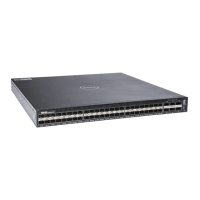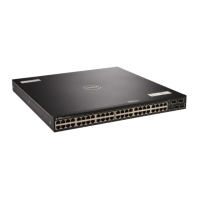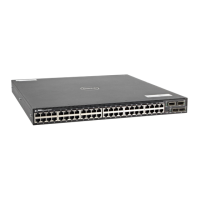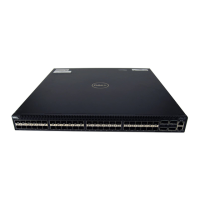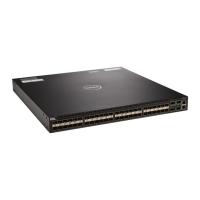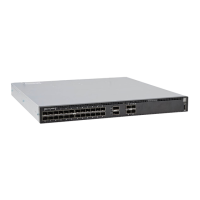For example, 2001:0db8:1234::/48 stands for the network with addresses
2001:0db8:1234:0000:0000:0000:0000:0000 through 2001:0db8:1234:ffff:ffff:ffff:ffff:ffff.
Link-local Addresses
Link-local addresses, starting with fe80:, are assigned only in the local link area.
The addresses are generated usually automatically by the operating system's IP layer for each network
interface. This provides instant automatic network connectivity for any IPv6 host and means that if several
hosts connect to a common hub or switch, they have an instant communication path via their link-local IPv6
address.
Link-local addresses cannot be routed to the public Internet.
Static and Dynamic Addressing
Static IPv6 addresses are manually assigned to a computer by an administrator.
Dynamic IPv6 addresses are assigned either randomly or by a server using dynamic host configuration
protocol (DHCP). Even though IPv6 addresses assigned using DHCP may stay the same for long periods of
time, they can change. In some cases, a network administrator may implement dynamically assigned static
IPv6 addresses. In this case, a DHCP server is used, but it is specifically configured to always assign the same
IPv6 address to a particular computer, and never to assign that IP address to another computer. This allows
static IPv6 addresses to be configured in one place, without having to specifically configure each computer
on the network in a different way.
In IPv6, every interface, whether using static or dynamic address assignments, also receives a local-link
address automatically in the fe80::/64 subnet.
Implementing IPv6 with Dell
Networking OS
Dell Networking OS supports both IPv4 and IPv6 and both may be used simultaneously in your system.
The following table lists the Dell Networking OS version in which an IPv6 feature became available for each
platform. The sections following the table give greater detail about the feature.
Table 43. Dell Networking OS versions and supported platforms with IPv6 support
Feature and
Functionality
Dell Networking OS
Release Introduction
Documentation and
Chapter Location
S4048–ON
Basic IPv6 Commands 9.8.(0.0) IPv6 Basic Commands in
the Dell Networking OS
Command Line Interface
Reference Guide.
IPv6 Basic Addressing
IPv6 Routing 524
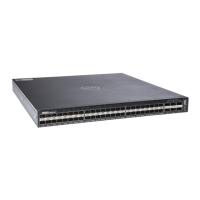
